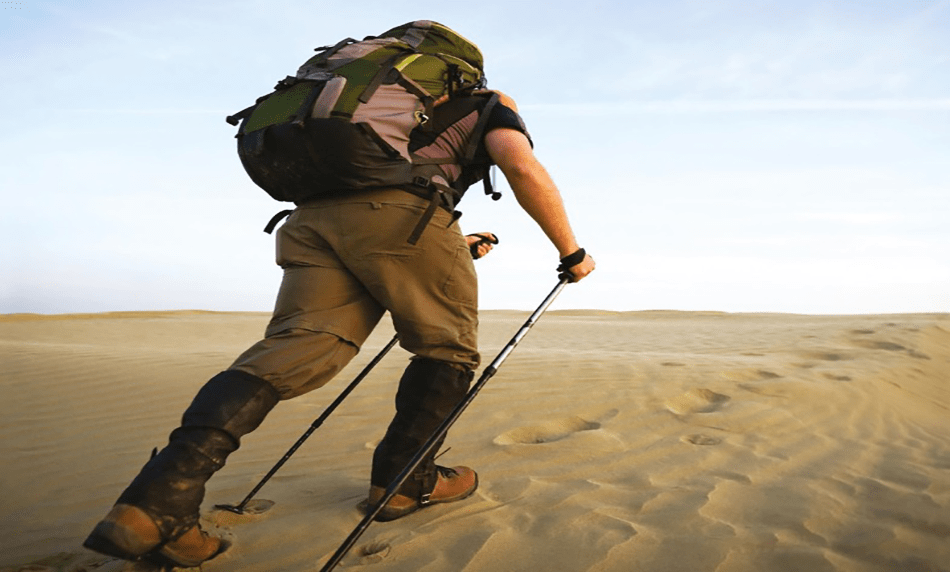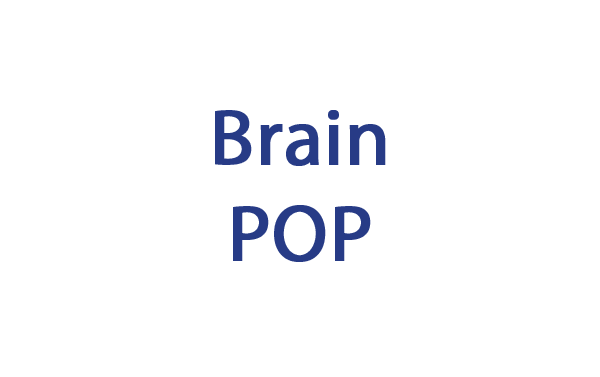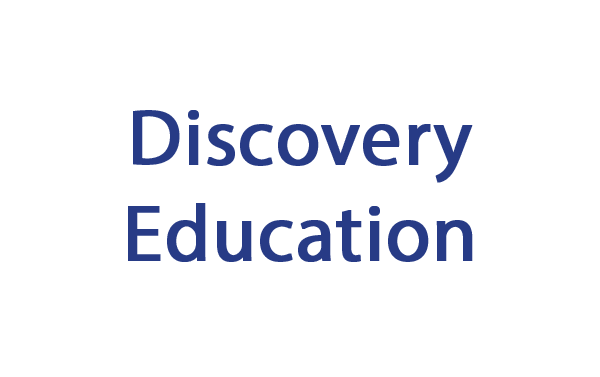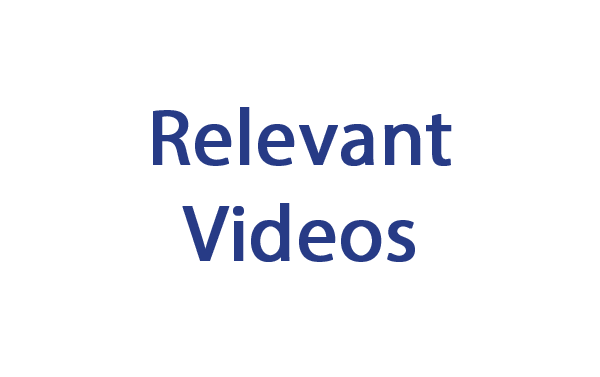

Key Learning Goals - Art:
2.03 Be able to use art as a means of self expression
2.04 Be able to choose materials and techniques which are appropriate for their task
2.05 Be able to explain their own work in terms of what they have done and why
2.06 Be able to talk about works of art, giving reasons for their opinions
Key Learning Goals - Geography:
2.05 Be able to use geographical terms
2.06 Be able to describe the main geographical features of the area immediately surrounding the school
2.07 Be able to make simple maps and plans of familiar locations
2.08 Be able to use maps at a variety of scales to locate the position and geographical features of particular localities
2.09 Be able to use secondary sources to obtain geographical information
2.11 Be able to communicate their geographical knowledge and understanding to ask and answer questions about geographical and environmental features
Key Learning Goals - History:
2.04 Be able to give some reasons for particular events and changes
2.05 Be able to gather information from simple sources
Key Learning Goals - Science:
2.01a Be able to carry out simple investigations
2.01b Be able to prepare a simple investigation which is fair, with one changing factor
2.01c Be able to predict the outcome of investigations
2.01d Be able to use simple scientific equipment
2.01e Be able to test ideas using evidence from observation and measurement
2.01f Be able to link evidence to broader scientific knowledge and understanding
2.01g Be able to use evidence to draw conclusions
The Big Idea
Explorers are people who travel to new places in the world and discover new things that they didn’t know existed.
So much of what we know today about our world is because we have been explorers in the past.
Being an explorer is exciting but scary at the same time. Could you be an explorer?
In Geography we’ll be finding out:
- How to use geographical terms
- How to use different types of world maps
- How to look for geographical information
- About places we have explored on holiday
In History, we’ll be finding out:
- About explorers and adventurers in the past
- How to gather information from maps, pictures and books
- How to answer simple questions about exploration
- How explorers told the time and navigated at sea
In Art, we’ll be finding out:
- About the artwork of explorer artists
- How to draw plants and animals with accuracy
- How to draw an imaginary plant or animal
In Society, we’ll be finding out:
- If we think exploration is a good thing
- About conflict and exploration in the past
- About female explorers in the past and today
In Science, we’ll be finding out:
- About shadows and the sun
- About magnetism and which metals are magnetic
- How to make a compass
- About using sound and echoes
In International, we’ll be finding out:
- How exploration has changed the world
Tim and Moby introduce you to the world’s most famous aviatrix! In this BrainPOP movie, you’ll meet Amelia Earhart, who set all kinds of flying records and proved that women could do anything men could! You’ll learn about her girlhood in Kansas, and how a short ride in an airplane led to a lifelong love of flight! You’ll hear how Amelia’s two trips across the Atlantic made her one of the most famous women in the world, and how she used her fame to pursue even bigger goals! You’ll find out about her advocacy on behalf of women, and also what probably happened on her final, mysterious journey.
In this BrainPOP movie, Tim will fill you in on some little-known details about this famous explorer. You’ll find out about Columbus’s early life, and how his work for European trading firms prepared him for his historic voyages. You’ll learn Columbus’s motivations for making the dangerous trip across the ocean, and how his religious beliefs influenced his decisions. Finally, you’ll hear about Columbus’s treatment of the natives he encountered in the Caribbean, and the reasons why some people feel that his accomplishments shouldn’t be celebrated.
In this BrainPOP movie, Tim and Moby will answer these questions and introduce you to some of the men who destroy ancient cultures in the name of gold, glory, and God. You'll discover how a small number of Spanish adventurers were able to wipe the majestic Inca, Maya, and Aztec civilizations off the map. You'll learn about the decisive roles that armor, horses, and guns played in the conquistadors' victories. Finally, you'll discover the terrible toll that their adventures took on the indigenous peoples of the Americas, and how the age of conquest came to an end.
The 13th century merchant left his home city of Venice as a teenager to follow his father and uncle on the expedition of a lifetime. Traveling along the legendary Silk Road, the men journeyed deep into Asia to explore a land most Europeans could only dream of. Polo marveled at exotic animals, visited a palace made of gold, and even became an ambassador to Mongol ruler Kublai Khan! With the help of a writer named Rustichello, the adventurer recorded his exploits in The Travels of Marco Polo. The book became a bestseller, delighting European readers with its tales of danger and intrigue. Given Polo's tendency to exaggerate, some scholars question whether his account is more fiction than fact. But the impact of Polo's voyage is undisputed—it inspired later explorers, like Christopher Columbus, and helped usher in the Age of Exploration.
First you’ll learn about the reasons behind the French Revolution, what happened to the king and queen of France during this event, and how young Napoleon played a role. See how Napoleon then became a conqueror, and find out what lands he helped take over. Plus, you’ll learn how the French people felt about Napoleon and what he did with his power. Finally, you’ll discover how Napoleon’s military career ended in a surprising comeback — and what finally did him in at the Battle of Waterloo.
In this BrainPOP movie, Tim and Moby discuss the movement of people from other countries into the United States. You’ll learn all about how immigrants have impacted the growth of the country, from the earliest settlers in the 1600s to the waves of new arrivals in the 19th and 20th centuries. Find out how Ellis Island played such a big role in the history of U.S. immigration. Tim also touches on the immigration debate of today, explaining the forces that continue to push both legal and illegal immigrants into our borders.
Early aircraft could only glide. The Wright brothers made the first machine to truly fly! Inspired by nature and the inventors who came before them, Orville and Wilbur Wright designed the first powered and fully controllable airplane. Working out of their bicycle shop, the brothers studied the innovations of aviation pioneers like Sir George Cayley and Otto Lilienthal. They discovered the secret of wing warping, copying how birds make tiny adjustments to maintain their balance. They also experimented with different materials and engine types to create a lightweight frame that could stay aloft. On December 17, 1903, the Wrights finally put their ideas to the test on the beaches of Kitty Hawk, North Carolina. The historic flight of their Wright Flyer lasted only 12 seconds, but it marked the dawn of modern aviation!
See more relevant resources on BrainPop
This module provides a basis for discussion about thoughts and feelings associated with moving home, school or country. Videos show how children have coped, and how they have helped others.
Learn about the role and history of the monarchy and the Commonwealth.
Learn how to make and interpret different kinds of maps, and then apply these skills to real landscapes.
Let the facts and fiction about the Golden Age of Piracy inspire pupils’ writing and ignite their imagination.
Astrolabes website has a history of the astrolabe and a template and instructions on how to make a mariner’-s astrolabe.
http://www.bbc.co.uk/schools/ks2bitesize/science/physical_processes/light_
BBC schools website has an interactive game that teaches children about shadows and the sun.
http://www.bbc.co.uk/bitesize/ks2/science/physical_processes/magnets/play/
BBC schools website has information about magnetism and an interactive game.
http://www.bbc.co.uk/bitesize/ks2/science/physical_processes/sound/read/1/
BBC schools website investigates sounds and how sounds travel
http://www.enchantedlearning.com/explorers/1300.shtml
Enchanted Learning website has searchable information on explorers
http://www.explainthatstuff.com/magnetism.html
Explain that Stuff website has a useful feature about magnetism
http://www.exploratorium.edu/science_explorer/sunclock.html
Exploratorium explains the science of sun clocks and includes a template for making one.
http://www.factmonster.com/encyclopedia/1explbio.html
Fact Monster website has a searchable list of biographies of notable explorers, travellers and conquerors.
http://www.flickr.com/photos/nostri-imago/sets/72157607551198706/detail/
Flikr.com website has a gallery of George Catlin551198706/detail/merican Indians.
http://www.geospectra.net/lewis_cl/catlin/catlin.htm
Geospectra website has a feature about George Catlin and his paintings.
Google Earth website has free downloads of the latest version of the software, allowing you to explore the ocean at a click of your mouse.
http://www.google.co.uk/images
Google Images has an extension collection of portraits of explorers.
http://www.historyforkids.org/crafts/china/compass.htm
History for kids website explains how to make a Chinese compass
http://hyperphysics.phy-astr.gsu.edu/hbase/magnetic/magearth.html
Hyperphysics website explains in easy terms the magnetic field of the Earth.
http://www.kidsgeo.com/geography-for-kids/0030-map-projections.php
KidsGeo.com has information about different map projections and how they are created
http://www.kidsgeo.com/geography-for-kids/0038-microwave-and-radar- sensing.php
KidsGeo.com website has information for children about sonar and radar mapping.
http://www-istp.gsfc.nasa.gov/stargaze/Snavigat.htm
NASA GSFC website explains how sailors navigated with the Pole Star and the sun before they had GPS
http://er.jsc.nasa.gov/seh/navigate.htm
NASA JSC ER website explains how Columbus and Apollo astronauts navigated.
http://www.nationalgeographic.com/xpeditions/atlas
National Geographic website has an ‘Xpeditions Atlas’- page with printable maps of five continents including North America, South America, Europe, Asia and Oceania.
http://www.nationalgeographic.com/features/2000/exploration/projections
National Geographic website has this feature ‘Round Earth,Flat Maps’- that explains different map projections.
http://www.rmg.co.uk/explore/astronomy-and-time/time-facts/harrison
National Maritime Museum website has a collection of chronometers including John Harrison’-s first sea-clocks
http://www.rmg.co.uk/researchers/collections/by-type/astronomical-and-navigationalinstruments
National Maritime Museum website has searchable collections of navigational instruments.
http://www.ntz.info/gen/n01250.html
NTZ website has biographical information about May French Sheldon.
http://www.solarnavigator.net/history/great_explorers.htm
Solar Navigator website has information on the Great Age of Exploration.
http://www.asap.unimelb.edu.au/bsparcs/covingto/contents.htm
The Australian Science Archives Project website features the journal and artwork of Syms Covington on the Second Voyage of HMS Beagle, 1831-
http://www.childrensuniversity.manchester.ac.uk/interactives/science/earthandbeyond/shadows/
The Childrens’ University of Manchester website has an interactive section about the sun and shadows.
http://exploration.marinersmuseum.org/
The Mariners’- Museum has an informative section on explorers, featuring biographies, photographs and historical artefacts.
http://www.nhm.ac.uk/nature-online/art-nature-imaging/index.html
The Natural History Museum has a section devoted to nature as depicted in art.
http://www.oxfamblogs.org/education/mapping_our_world/mapping_our_world/
The OXFAM education website has an award-winning interactive resource called ‘mapping our world’-, which explores different map projections and how they influence our view of the world.
http://tlc.howstuffworks.com/family/shadow-fun-activities2.htm
TLC website has this easy-to-make shadow clock.
http://en.wikipedia.org/wiki/Age_of_Discovery
Wikipedia website has maps, information and links on the Age of Discovery.
http://en.wikipedia.org/wiki/Moon_Treaty
Wikipedia website outlines the details of the Moon Treaty of 1979 - so far only 13 states have ratified the agreement.
http://videos.howstuffworks.com/discovery/391-ultimate-guide-to- submarines-sonarvideo.htm
HowStuffWorks website has a video about sonar navigation.
https://www.youtube.com/watch?v=kgPCBAUtp5o
25 Epic Expeditions And The Explorers That Made Them
https://www.youtube.com/watch?v=iUkOfzhvMMs
World Explorers in 10 Minutes
https://www.youtube.com/watch?v=fcrUM7QwKU8
Sir Francis Drake






